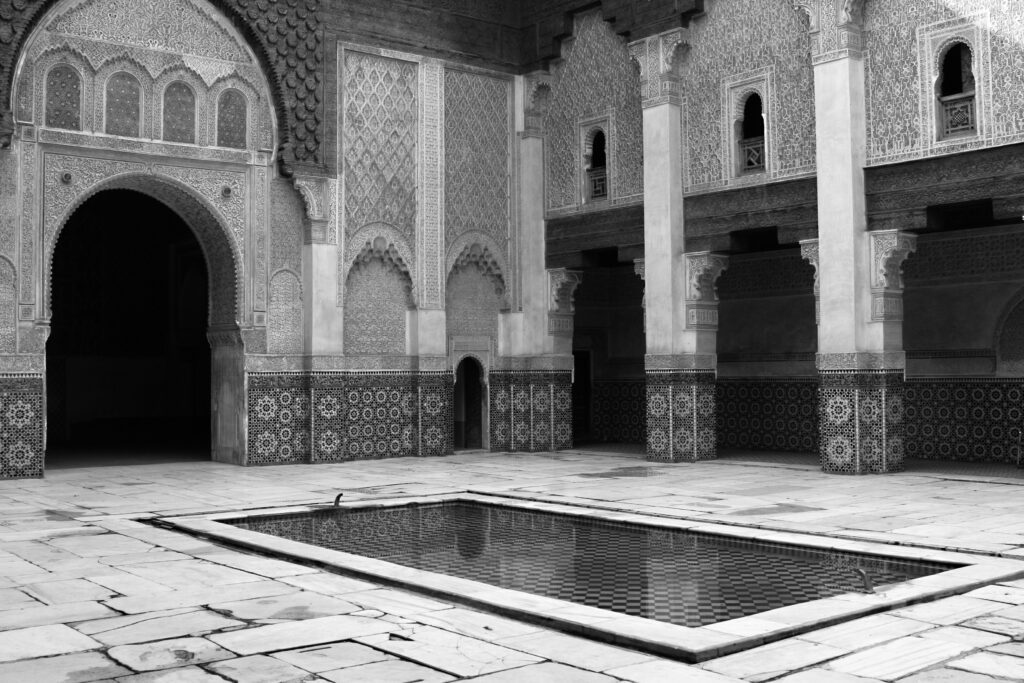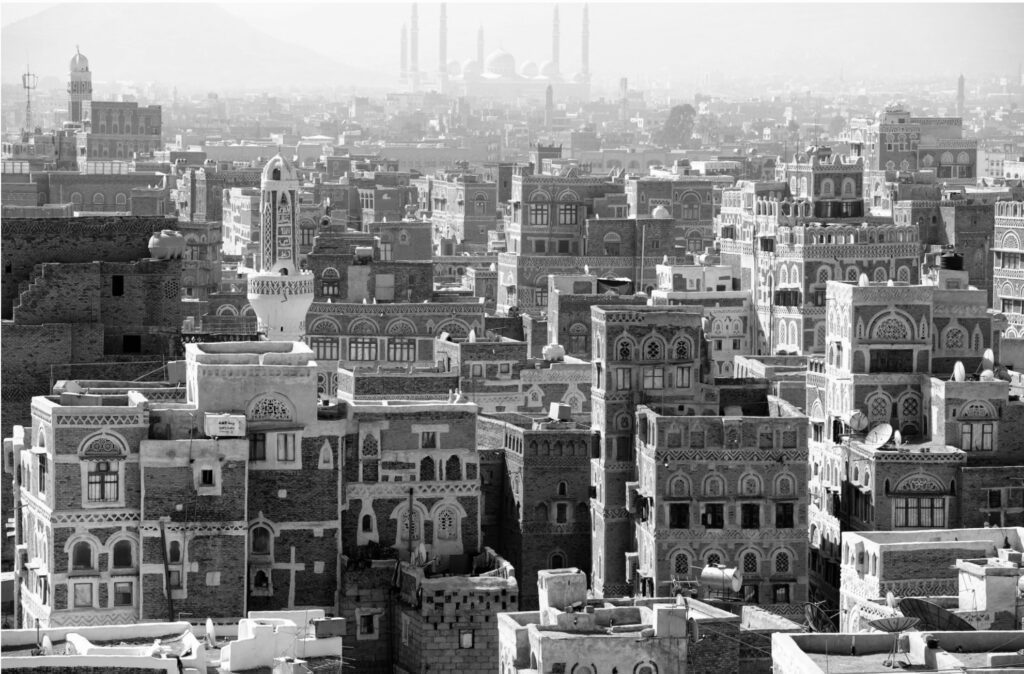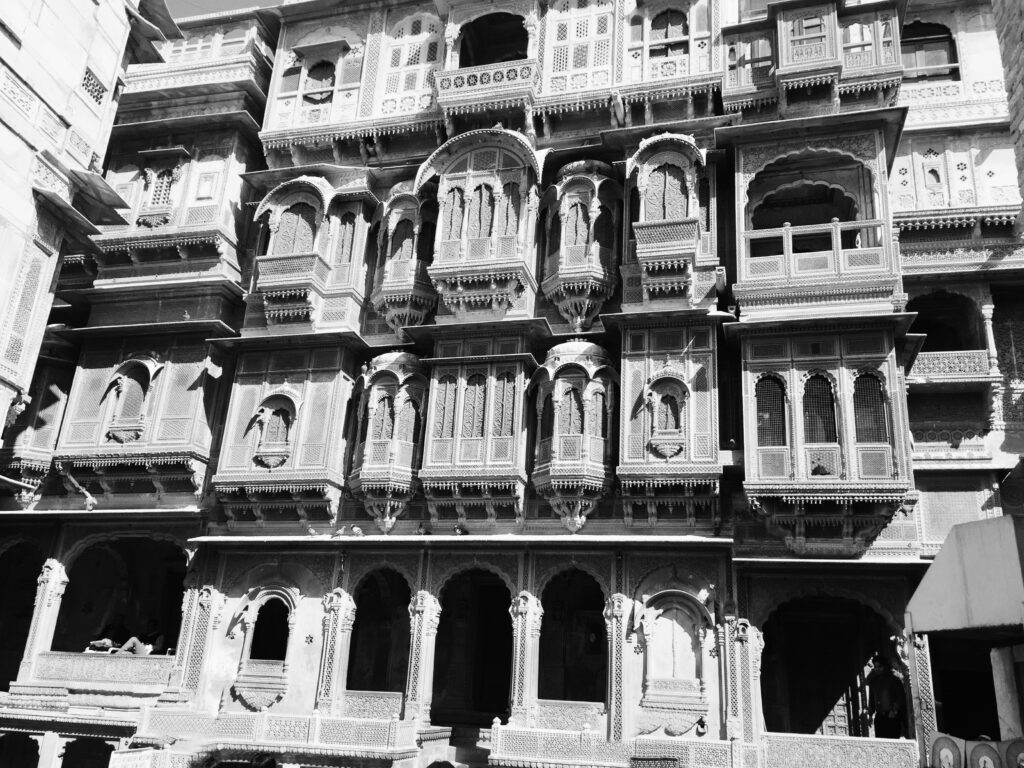As climate change takes hold, temperature records are being broken around the world month by month. Cities in Greece, Southern Italy and in Turkey are sizzling with temperatures above 40° C. For most city dwellers, who can afford it, the immediate impulse is to turn on the air conditioning.
Yet air conditioners are ineffective, expensive and – above all – harmful to the environment. According to calculations by the International Energy Agency, these “energy guzzlers” are responsible for 10 per cent of global electricity consumption. By cooling, we contribute to even more warming of the planet.
Before the industry turned to air-conditioning units, the installation of natural ventilation systems was common in most forms of local or “vernacular” architecture. But these have fallen into oblivion as air-conditioning is convenient, and is an extremely lucrative business in which manufacturers, subcontractors, suppliers and fitters earn money.
Already many hundred years ago, master builders in the Mediterranean region developed simple and efficient cooling methods using natural air circulation.
The Arabs produced the most sophisticated technology for this. In residential buildings, they laid out patios that provided resting and shaded areas when it was very hot. In the courtyards, they planted trees, had watercourses and fountains installed to improve the microclimate of the house.

But not only the traditional Arabic courtyard houses in countries like Syria or Egypt provide for a cooler and more pleasant climate. Traditional architectural concepts in much denser urban structures, and in more extreme climates like the high-rise mud buildings in Sana’a, Yemen, offer ample respite from the sizzling heat of their environments.

Another good example for the cooling buildings without air conditioning are the intricate ventilation systems in the palaces of the ancient city of Jaisalmerat the borders of the Thar desert in India.

Unfortunately, this knowledge about the cooling potential in vernacular architecture seems to have largely dissipated with the use of fossile energy and the advent of electricity.